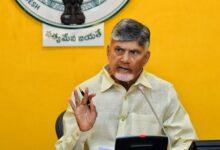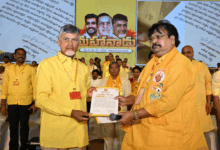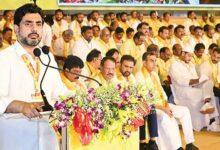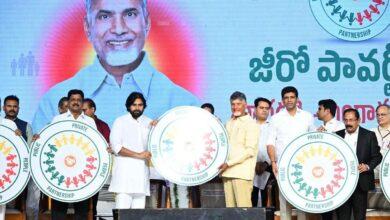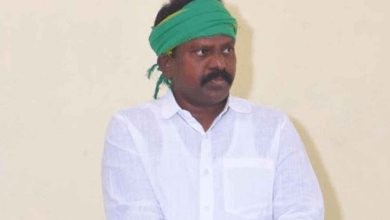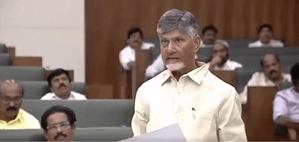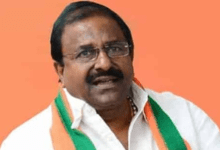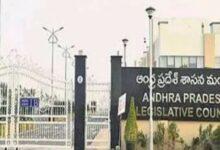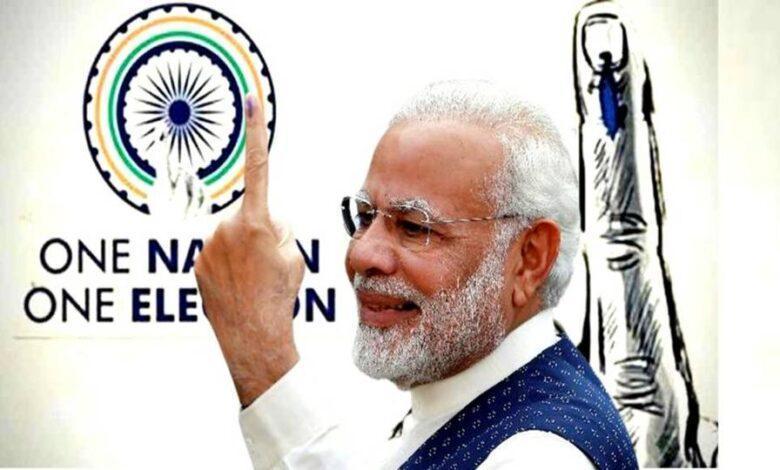
As the election to Uttar Pradesh for 2022 has generated a lot of heat in political parties, they are going all out to woo voters. Prime Minister Narendra Modi himself is occupied in wooing voters of India’s largest and most populous state (Uttar Pradesh) by announcing gigantic projects in and around Purvanchal region.
Amidst such a high-voltage election fever in the Hindi belt, the focus has now shifted to national parties and their political games. In the backdrop of terrorist strikes in Jammu & Kashmir, the BJP is claiming that it has curbed terrorism in the valley. However, the recent terrorist strikes indicate that it is not the success of the Modi government but a change of guard in Afghanistan that is making the world unsafe again.
While political barbs are being traded off between the Congress and the BJP, looks like the BJP has quietly pushed the debate on simultaneous polls under the carpet (and are focussing on Assembly election) to keep the Hindutva sentiment alive and use “terrorism” to polarise voters in UP, which is the party’s nucleus for India. But, last year, around this time, PM Modi had announced that “One Nation, One Election” is not a subject of debate, but a necessity.
The idea has been around since at least 1983, when the Election Commission first mooted it. The concept needs to be debated mainly around two issues: Financial costs of conducting elections and the question of regional/smaller parties having a level-playing field.
It is not that India has never had or witnessed simultaneous elections. In fact, the first general election in 1951-’52 saw Indians vote for both the Union and state governments. This continued right till 1967. It was after this period that the cycle of synchronised elections got disrupted, primarily because many state governments (as well as governments at the Centre) could not complete their term of five years, for various reasons.
Now, let’s discuss about the financial cost of conducting elections. The costs of conducting each assembly or parliamentary election are huge. But, one has to remember that people’s will is only expressed by exercising their right to vote in elections. Elections are a means to gauge the level of public satisfaction and attitude towards the current government and, when conducted frequently, can result in citizens feeling empowered.
The interests, the priorities and the conventions of each unit or a state are its own and are not subordinate to those of the Union, except where the Constitution itself so mandates. The term of the Legislative Assembly of a state has nothing to do with the term of the Lok Sabha and depends primarily on the way electoral politics plays out within that state.
Many claim that this idea of simultaneous elections treats states as subordinates to the Centre and disturbs the spirit of cooperative federalism. It is also believed that the current Modi government has proposed the idea in order for the Centre to have a greater say.
But, in reality, the Constitution and nature of our democracy is such that each unit (mandal, district, town or state) is expected to function with relative autonomy and take its own decisions, whether it is the timing of elections, the framing of its laws and/or formulating its own policies in respect of subjects in the state list/concurrent list.
If the government of India sincerely wishes to improve the operation of the electoral system in India, it should work in tandem with all political parties (and in consultation with the Election Commission of India) to initiate reforms to improve the fairness and transparency of the election process.
At present, elections to the state assemblies and the Lok Sabha are held separately – that is whenever the incumbent government’s five-year term ends or whenever it is dissolved due to various other reasons. The terms of Legislative Assemblies and the Lok Sabha may not match with one another. For example, Rajasthan went to polls in late 2018, whereas Tamil Nadu will have its Assembly elections in this year and Uttar Pradesh, Gujarat, Uttarakhand, Goa, Manipur and Punjab are going to polls next year.
Now that elections in the Southern part of India, Bihar, Assam including major states like Maharashtra, West Bengal which are not BJP-ruled states have finished their assembly elections, the Modi government may not go with the “One Nation – One Election” idea for now, given that next year will be crucial for saffron party as the focus is now on BJP-ruled states going to polls.
Going by this, the Modi government is not only playing a back and forth game on simultaneous elections based on its convenience, but this also indicates that simultaneous polls usually help a national party such as the Bharatiya Janata Party while they harm the interests of regional parties and the people in these states.

